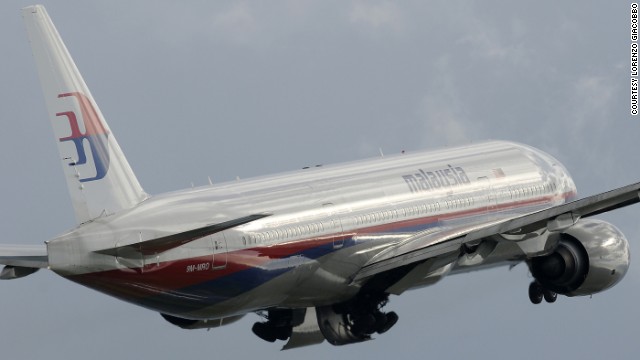

(CNN) -- In a sea of uncertainty, two bits of good news emerged Wednesday.
Searchers picked up fresh signals that officials hope came from locator beacons attached to the so-called black boxes in the tail of Malaysia Airlines Flight 370, which disappeared more than a month ago while carrying 239 people from Kuala Lumpur to Beijing.
The Australian ship Ocean Shield first picked up two sets of underwater pulses Saturday. It heard nothing more until Tuesday, when it reacquired the signals twice. The four signals were within 17 miles of one another.
"I believe we are searching in the right area, but we need to visually identify wreckage before we can confirm with certainty that this is the final resting place of MH370," said retired Air Chief Marshal Angus Houston, who's coordinating the Australian operation.
The second piece of good news? Authorities analyzed the signals picked up over the weekend and concluded that they probably came from specific electronic equipment rather than from marine life, which can make similar sounds.
"They believe the signals to be consistent with the specification and description of a flight data recorder," Houston said. "I'm now optimistic that we will find the aircraft or what's left of the aircraft in the not too distant future."
How to hunt for pings
Signals getting weaker
Thursday is Day 34 in the search for Flight 370, which went missing March 8. Authorities are pinning their hopes of finding it on the pings.
Time is of the essence: The batteries powering the flight recorders' locator beacons are certified to emit high-pitched signals for 30 days after they get wet.
"The signals are getting weaker," Houston said, "which means we're either moving away from the search area or the pinger batteries are dying."
• The first signal, at 4:45 p.m. Perth time on Saturday, lasted two hours and 20 minutes, he said;
• the second, at 9:27 p.m. Saturday, lasted 13 minutes;
• the third signal was picked up Tuesday at 4:27 p.m. and lasted five minutes and 32 seconds;
• the fourth, at 10:17 p.m. Tuesday, was seven minutes long.
"It's certainly encouraging that more signals have been detected," Pentagon spokesman Adm. John Kirby told CNN. "There is still much work to do, however."
Four reasons to believe; six reasons to doubt
Scouring the ocean for debris
Though plenty of debris has been found, none of it has been linked to the plane, and so the search goes on.
Thursday's effort is set to include up to 10 military planes, four civil aircraft and 13 ships.
Three of them -- the Ocean Shield to the north, and the British HMS Echo and Chinese Haixun 01 to the south -- were focusing underwater.
No comments:
Post a Comment